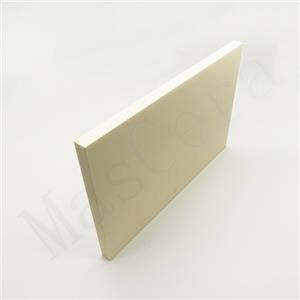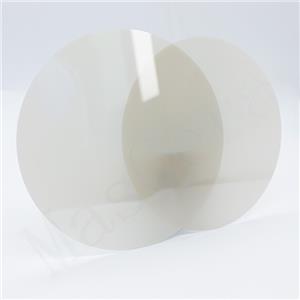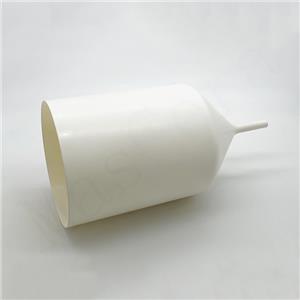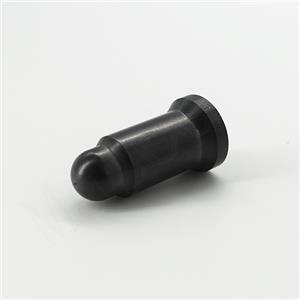Physical Properties of Technical Ceramic
Technical ceramic components are integral to industries such as electronics, energy, aerospace, automotive, and semiconductors due to their exceptional ceramic physical properties. Compared to metals and plastics, these components offer superior high-temperature resistance, dimensional stability, and controlled thermal behavior. Such ceramic physical properties enhance product reliability, reduce failure rates, and extend service life.
Different types of technical ceramic components—based on their composition, crystal structure, and sintering process—exhibit varying ceramic physical properties. Among these, three specific indicators are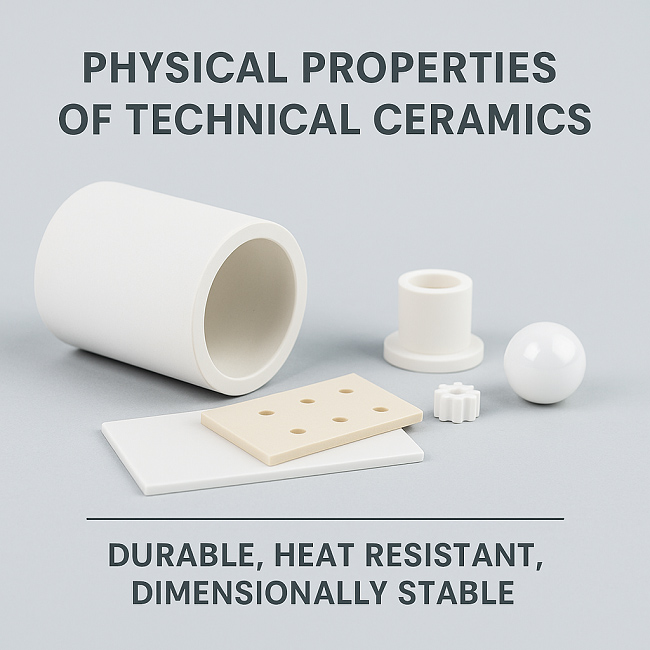 particularly critical in industrial applications and directly affect the performance, longevity, and manufacturability of technical ceramic components: ceramic thermal expansion, thermal conductivity of ceramics, and ceramic density.
particularly critical in industrial applications and directly affect the performance, longevity, and manufacturability of technical ceramic components: ceramic thermal expansion, thermal conductivity of ceramics, and ceramic density.
The Three Core Ceramic Physical Properties
1. Ceramic Thermal Expansion
Ceramic thermal expansion refers to the dimensional change of a material in response to temperature variation, typically measured in ×10⁻⁶/K. In technical ceramic components exposed to prolonged high temperatures or frequent thermal cycling, thermal expansion behavior significantly affects dimensional accuracy and structural reliability. Compared to metals or polymers, most technical ceramic components exhibit much lower thermal expansion, maintaining high geometric stability even in extreme environments. This property is critical in applications involving thermal shock, ceramic-to-metal sealing, and multi-material assemblies.
2. Thermal Conductivity of Ceramics
The thermal conductivity of ceramics, measured in W/m·K, determines how efficiently heat flows through the material. Technical ceramic components span a wide thermal conductivity range—from highly insulating zirconia (2–3 W/m·K) to highly conductive aluminum nitride (up to 200 W/m·K). Selecting ceramics with suitable thermal conductivity helps optimize heat dissipation, extend the service life of electronic components, and prevent thermal degradation. At Mascera, we supply ceramics with high thermal conductivity tailored for thermal management in power electronics, LEDs, and IGBT modules.
3. Ceramic Density
Ceramic density, typically expressed in g/cm³, depends on the atomic weight and packing structure of ceramic materials. It affects:
• The weight of the component
• Mechanical strength
• Thermal inertia
• Compatibility with metals or polymers
Ceramic density also influences processing methods, sintering shrinkage, and design of mass and balance. It is a key parameter in evaluating the manufacturability of technical ceramic components.
These three ceramic physical properties together define the fundamental characteristics of ceramics and serve as primary selection criteria for engineers during material evaluation. As performance requirements continue to rise in engineering design, understanding ceramic expansion, heat transfer, and density is crucial to building safer, more efficient, and more reliable systems.
Overview of Common Technical Ceramic Components
Alumina is one of the most commonly used technical ceramic components due to its excellent property balance and cost-efficiency. It offers moderate thermal conductivity of ceramics (20–30 W/m·K), low ceramic thermal expansion (~8 ×10⁻⁶/K), and relatively high ceramic density (≥3.65 g/cm³). These attributes make it ideal for high-temperature electrical insulation, structural supports, and thermal protection.
Zirconia is known for its high ceramic density (~6.0 g/cm³) and thermal stability, and is one of the toughest ceramic materials available. It features low thermal conductivity of ceramics (2–3 W/m·K) and relatively high ceramic thermal expansion (~10 ×10⁻⁶/K). This makes it ideal for components requiring impact resistance and strength, such as valve parts, grinding media, and medical implants.
Silicon nitride excels in thermal shock resistance, enabled by its low ceramic thermal expansion (~3–3.2 ×10⁻⁶/K), moderate thermal conductivity of ceramics (15–20 W/m·K), and lightweight ceramic density (~3.2 g/cm³). These features make it well-suited for applications demanding both strength and low weight, including engine parts, turbocharger rotors, and semiconductor handling tools.
Boron nitride is a lightweight ceramic with excellent thermal stability and electrical insulation. It exhibits low ceramic thermal expansion (1–3 ×10⁻⁶/K), moderate to high thermal conductivity of ceramics (35–85 W/m·K, depending on grade), and very low ceramic density (1.6–2.3 g/cm³). This makes it ideal for molten metal handling, plasma systems, and electrical insulation.
Silicon carbide combines high thermal conductivity of ceramics (90–110 W/m·K) with medium ceramic thermal expansion (~4 ×10⁻⁶/K) and low ceramic density (~3.1 g/cm³). This combination provides excellent heat transfer and dimensional stability, making it suitable for heat exchangers, kiln furniture, and seals in corrosive conditions.
Aluminum nitride features the highest thermal conductivity of ceramics (≥170 W/m·K), low ceramic thermal expansion (~4.7 ×10⁻⁶/K), and moderate ceramic density (~3.3 g/cm³). It is the preferred choice for high-performance thermal management in power electronics, LEDs, and IGBT cooling systems
With their distinct ceramic physical properties, technical ceramic components are indispensable across high-tech industries. Whether it’s maintaining dimensional accuracy in high-temperature environments through low ceramic thermal expansion, achieving efficient heat dissipation via optimized thermal conductivity of ceramics, or reducing system weight with tailored ceramic density, ceramics offer the performance modern engineering demands.
Mascera provides a comprehensive range of technical ceramic components designed to meet diverse industrial requirements. Our expertise in ceramic physical properties ensures that we can deliver solutions with high thermal conductivity, precise dimensional stability, and optimal density.

